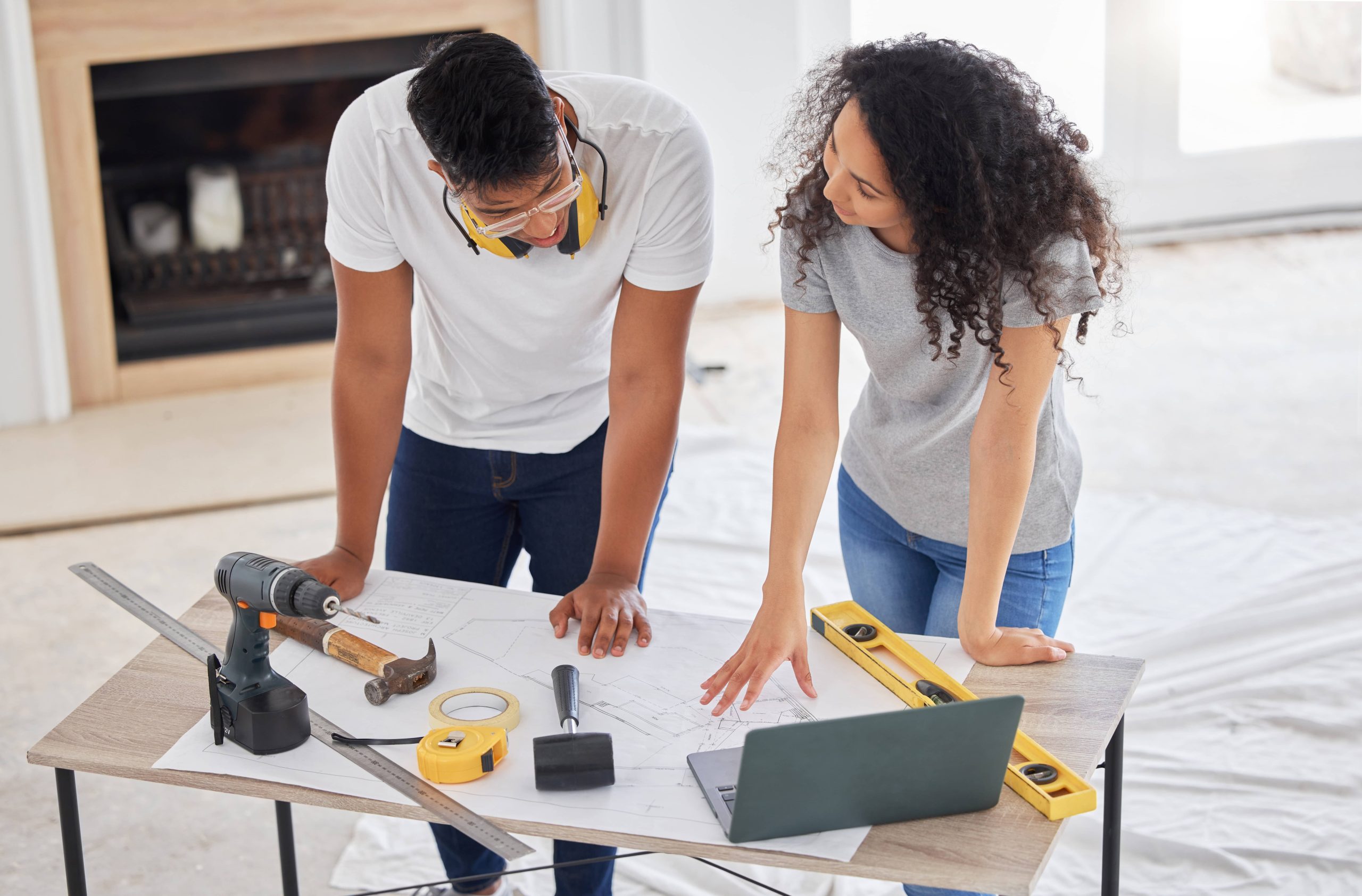
When it comes to home improvement and interior design, one of the most impactful changes you can make is optimizing the arrangement and flow of your furniture. A well-arranged room not only enhances its aesthetic appeal but also improves functionality and comfort. Whether you’re revitalizing your living room or shaping your entire home, these furniture arrangement hacks will help you maximize space and create a harmonious environment.
Understanding the Basics of Furniture Arrangement
Before diving into specific hacks, it’s essential to understand the fundamental principles of furniture arrangement. Start by considering the purpose of each room. Is it a space for relaxation, entertaining, or work? This insight will guide your decisions and ensure you prioritize both form and function.
Also, take note of focal points—features that draw the eye and can dictate the layout. This could be a fireplace, a large window with a view, or an artistic piece. Finally, think about the flow of the room, which refers to how people move through the space. Unobstructed pathways are key for comfortable navigation.
Hack 1: Embrace the Power of a Focal Point
Every room needs a focal point that anchors the furniture arrangement. It might be a stunning piece of art or a striking architectural feature. Position your largest pieces of furniture—such as the sofa in a living room—towards this focal point. This doesn’t just highlight the focal area but also creates a natural place for conversation and activity.
In a bedroom, the bed acts as the primary focal point. Arrange accompanying furniture like nightstands and dressers in a way that complements the bed’s position. In a home office, the desk might be your focal point, and arranging seating and storage around this central piece can increase both productivity and aesthetics.
Hack 2: Prioritize Functionality and Comfort
Functionality and comfort are paramount in furniture arrangement. Think about how the room is used daily and the comfort level required. For instance, in a family room designed for relaxation, focus on creating a cozy seating arrangement with sofas and reclining chairs. Use a plush area rug to define the seating area and add warmth.
In dining spaces, ensure that chairs can move freely and that there is ample space to walk around the table. If your room doubles as a workspace or play area, consider flexible furniture options like expandable tables or modular sofas that can adapt to various needs.
Hack 3: Optimize Space with Scaling and Proportion
A common furniture arrangement mistake is either overcrowding a space or under-utilizing it. Scale and proportion play crucial roles in achieving balance. In small rooms, opt for furniture with a lighter visual footprint. Choose pieces with exposed legs or glass and mirrored surfaces which can make a space feel more open.
For larger rooms, divide the area into multiple zones, each serving a different function. This can prevent the space from feeling cavernous and underutilized. An oversized sectional can create a sense of intimacy, while strategically placed armchairs and side tables can add layers without clutter.
Hack 4: Leverage Multifunctional and Movable Furniture
Adaptability is significant in modern interior design. Choose multifunctional furniture such as ottomans that double as storage, sofa beds for guest accommodation, or nesting tables that can be moved around as needed. These pieces provide flexibility in both small and large spaces.
Furniture on casters or lightweight chairs and tables are perfect for reconfiguring spaces quickly. This flexibility is especially beneficial for spaces that serve multiple purposes, like open-plan living areas, where the function might shift from entertaining to family time in an instant.
Hack 5: Create Balance and Harmony
Achieving balance in your furniture arrangement involves both symmetry and asymmetry. Symmetrical arrangements, where objects are mirrored on either side of a central point, offer a sense of calm and order—ideal for formal rooms like the dining or living area.
Conversely, asymmetrical arrangements create interest and dynamism, which might be more suitable for informal or creative spaces like a home studio. Consider balancing large furniture pieces with smaller ones to keep things visually intriguing.
Furthermore, don’t forget to balance textures and colors. Incorporate a mix of materials such as wood, metal, textiles, and glass to add depth and variety. Complementary color schemes also enhance the room’s flow and harmony.
Hack 6: Ensure Adequate Lighting
Lighting is often an overlooked aspect of furniture arrangement, yet it significantly affects how spaces are perceived and used. Natural light is a valuable asset; arrange furniture to make the most of windows during the day. Curtains and blinds should complement the overall look and function when needed.
Layer your lighting options by incorporating ambient, task, and accent lights. Use floor or table lamps for areas where overhead lighting doesn’t suffice. Lighting can also accentuate architectural features or artwork, enhancing the focal points of the room.
Hack 7: Test and Amend
Finally, remember that furniture arrangement is not a one-time task. Be open to testing different layouts to find the best workflow for your space. Arrange the furniture, live in it for a while, evaluate what works or doesn’t, and make changes as necessary.
Invite feedback from friends or family who use the space as well—an outsider’s perspective can often reveal overlooked issues. Furniture arrangement is as much an art as it is a science, and it evolves as your needs change.
Conclusion
With thoughtful consideration and these handy hacks, you can transform any space in your home through improved furniture arrangement and flow. Prioritize your room’s purpose, embrace focal points, balance aesthetics and comfort, and don’t forget to have fun with the process. After all, your home should be a reflection of you—comfortable, functional, and uniquely yours. Happy arranging!













